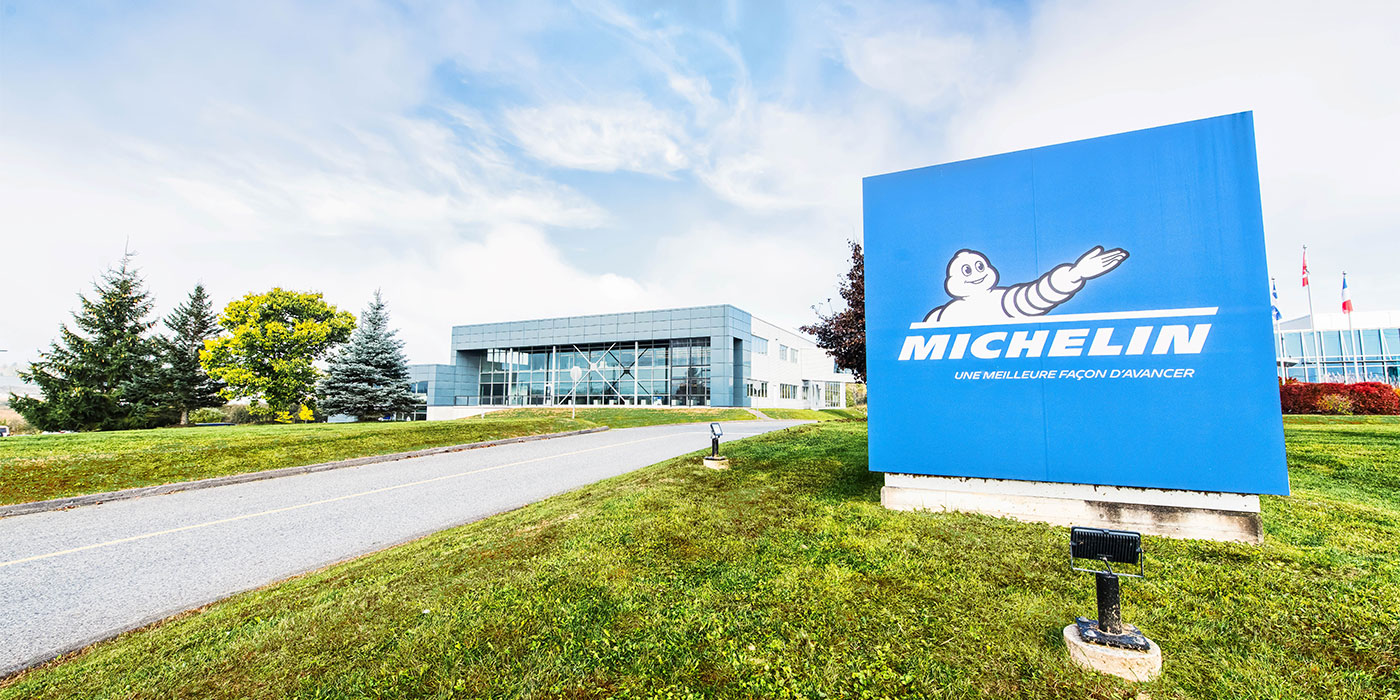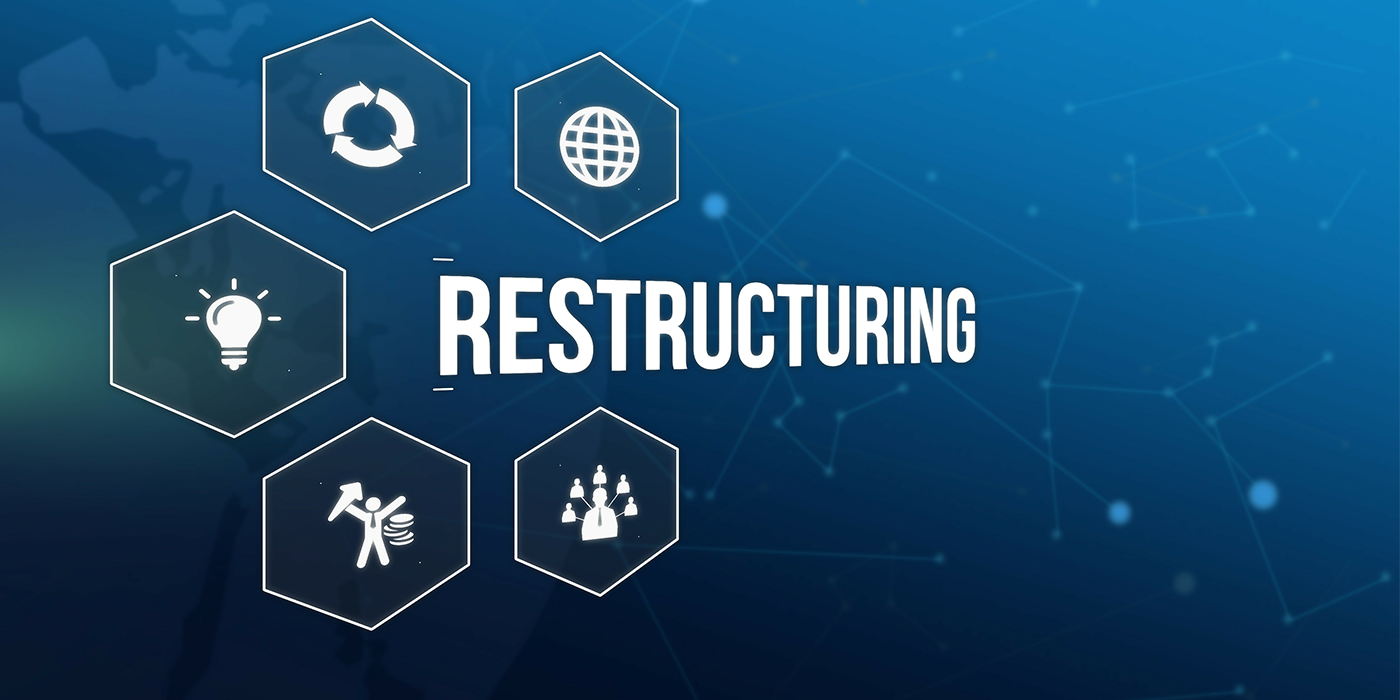How Do You Become Customer-Centric? The Answer is Simpler Than You Think
If you’ve ever attended a business seminar, trade conference or a similar event, it’s likely you’ve heard about CRM. Maybe you’ve listened to consultants glorify the benefits of CRM "modules" or "solutions" that, when plugged in, will increase your profitability.
Behind the biz speak and hype, believe it or not, is a simple concept.
At its core, CRM ®“ customer relationship management ®“ means knowing and understanding your customers so that you can provide better service. It’s a management discipline that focuses on acquiring new customers and then taking care of them after the sale so they come back.
Keith Rodgers, a 15-year technology analyst and currently content director for market intelligence firm Webster Buchanan Research, says CRM is not a technology, but rather a business philosophy, a strategy in which customer needs and demands drive an organization’s processes, activities and culture. "It’s about putting the customer at the center of your business," says Rodgers.
CRM for Tire Dealers
What does CRM have to do with selling tires? You already know the benefits of providing personal, high-quality service to build a loyal customer base. CRM is about further developing those relationships, creating "customers for life."
Recent trends have led to an increased emphasis on CRM. For starters, tire marketers and dealer competition continue to consolidate, and manufacturers continue to streamline operations. Besides lowering operating costs and retail pricing, consolidation has presumably also increased service levels.
For an independent tire dealer, having the right tire in stock at the right time is no longer an advantage but a necessity because it’s likely your competitor down the street will have it, too. And, as quality and service increase, so do customer expectations.
Traditionally, businesses have focused on product innovation and sometimes price as key features that set them apart from the competition. But, today’s shorter product lifecycles have changed that emphasis, as well.
"The cycle of innovation-to-production-to-obsolescence has accelerated, leading to an abundance of options for customers and a shrinking market window for vendors," says Bob Thompson, president of the Silicon Valley-based CRM consulting and research firm Front Line Solutions.
"With product advantages reduced or neutralized in many industries due to increased ‘commodization,’ the customer relationship itself is the focus of competitive advantage."
The Vital Few
CRM is all about taking care of your most profitable customers, and identifying them is part of the challenge. The 80/20 rule, used as a benchmark by management consultants for years, is a place to start.
The rule describes a naturally occurring tendency for 20% of something to be responsible for 80% of the results. Take a look at your overall business, and you’ll see that this concept is fairly accurate when applied to almost anything. About 20% of your inventory tends to require 80% of your store space. Eighty percent of your inventory comes from 20% of your suppliers, and 80% of your sales are generated from 20% of your products.
Most importantly, 20% of your customers account for 80% of your business. Because the majority of sales tend to originate from a small number of customers, it is those vital few that you must serve exceptionally well. They are your most consistent customers. Many business gurus say collecting, tracking and analyzing sales data is the best way to identify them.
Though you can always purchase expensive software, Rodgers says a company can also identify its most profitable patrons by collecting sales data and account information manually and tracking service problems.
He recommends answering two key questions about a group of customers:
®′ Are they buying products with the biggest margins?
®′ Do they cost a lot to service?
Obviously, those who are inexpensive to service (labor and materials, comebacks, extra effort) and purchase your biggest moneymakers are the ones you want to keep.
Keeping Them Happy
Once you’ve isolated your top customers, then focus on retaining them. According to the Customer Service Institute, 65% of a company’s business comes from existing customers, and it costs five times as much to attract a new customer than to keep an existing one.
Customer retention strategies need only to be limited by your imagination ®“ and your budget, of course. By keeping track of your sales history, for example, you can mail service-reminder postcards or send a quick e-mail to your best customers, reminding them they are due for service. Offering them particular services, such as tire rotations, oil changes, air conditioning service, shocks and suspension work, or brake maintenance at discounted rates or for free can also be a great way to retain your best customers.
Some management consultants suggest creating a rewards program for those customers who spend a certain dollar amount in your store. This strategy will reward those who spend the most, and create future sales opportunities because they can only redeem the rewards with your store.
Consider this tactic, too: With a track record of previous purchases and service work, your technicians can effectively cross- or up-sell your best customers. They can recommend basic vehicle maintenance services such as tire rotations and balancing, suspension and brake system checks, and alignments. They can proactively spot potential problems ®“ loose belts, worn hoses, weak batteries, exhaust rust, etc. ®“ and schedule a customer’s next service visit. Or they can pitch add-on products like wiper blades or other shelf items you might offer.
These basic tactics will position your tire dealership as a full-service business that is not only efficient and organized but proactively interested in the needs of its customers.
Customer Delight
Simply asking customers if they have had a positive experience can also help build your business. Third-party survey companies can interview your customers and track the data, or you can develop your own process of soliciting customer feedback.
Find out what drives your customers, advises Rodgers. "What do they want most? Is it price or quality, and how important is service? If people are calling in with specific problems, track them," he says. "That’s market intelligence."
Often, you’ll need to drill down to find the root issue of a customer’s complaint. If a customer complains that "Your prices are too high," you need to determine if it’s because they can get a suitably similar tire elsewhere, or if it is a value perception issue ®“ the customer isn’t convinced they are getting the best value for the dollar.
Regardless of the customer’s concern, you need to dig deeper to find out what the real issue is and in what ways it impacts the customer. Simply taking complaints ®“ or positive comments ®“ at face value may cause you to over- or underreact and do more harm than good.
Once you have that market intelligence, use it to focus on the parts of your business that your best customers care about, and consider phasing out those they dislike or that don’t deliver a recognizable benefit. It will take some time and possibly force some difficult decisions, but, in the end, you will have a more customer-centric business.
Yes, the core business concept behind CRM is simple. But, as with almost anything, execution is the hardest part. Business isn’t simply about customer satisfaction anymore, says Rogers. "It’s about customer delight."
So, the next time you hear some expert spitting out complicated-sounding buzzwords and tech speak, keep in mind that there’s no magic technology that will instantly boost profits. Once you fight your way through the hype, you’ll discover that all you need are small-scale, practical initiatives ®“ and the will to implement them ®“ to get real results.













